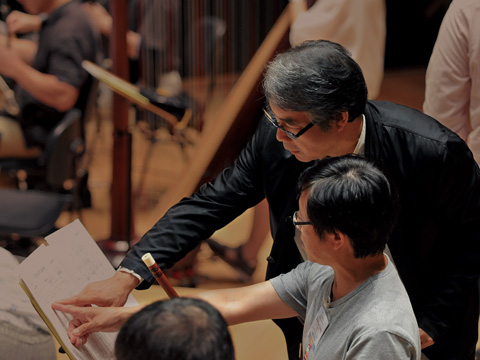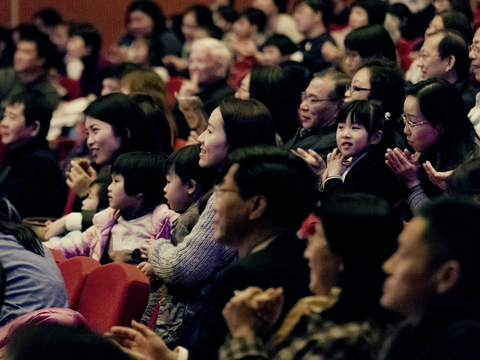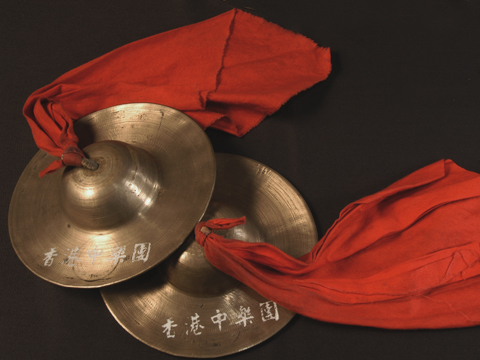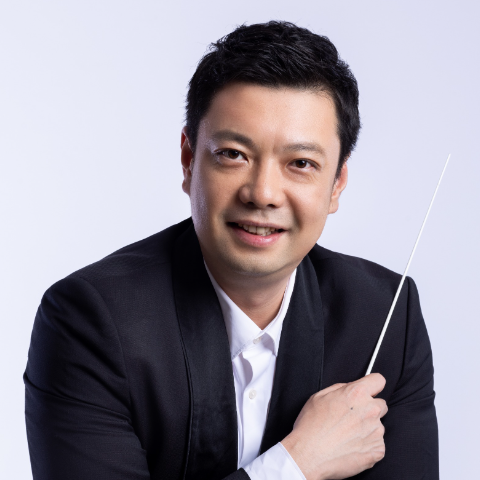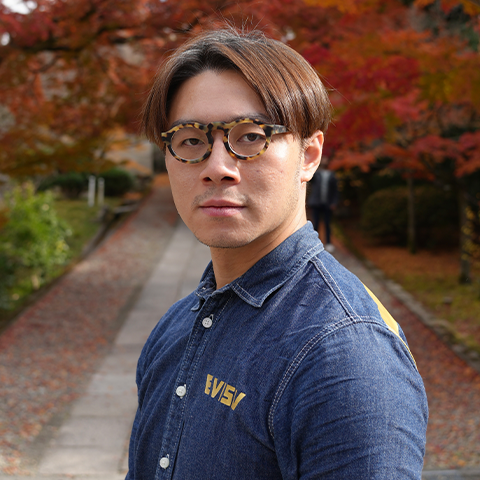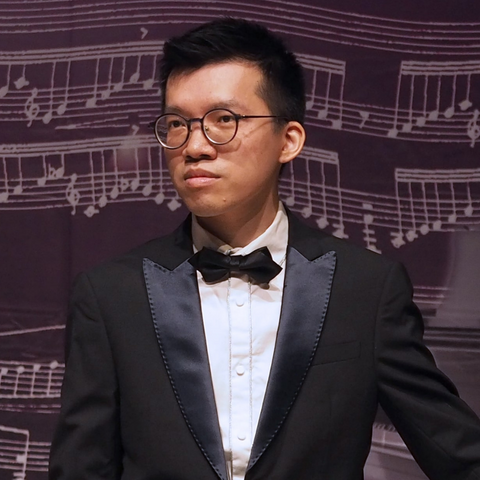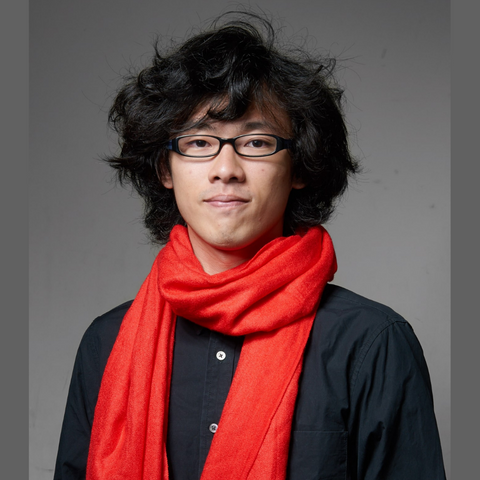

HKCO
Hong Kong Chinese Orchestra Environmental, Social and Governance Artistic Director and Principal Conductor for Life Orchestra Members Council Advisors & Artistic Advisors Council Members Management Team Vacancy Contact Us (Tel: 3185 1600)

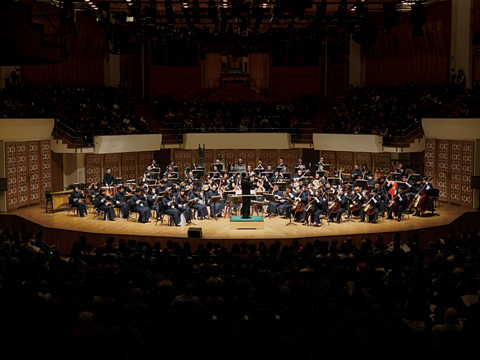
Concerts

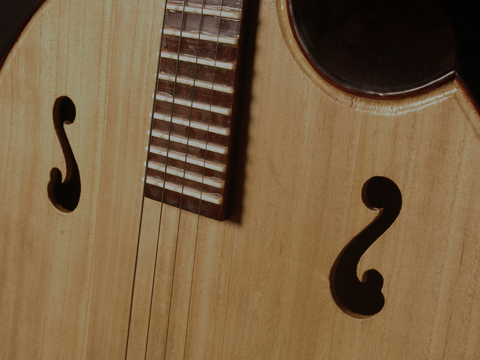
Education
The HKCO Orchestral Academy Hong Kong Youth Zheng Ensemble Hong Kong Young Chinese Orchestra Music Courses Chinese Music Conducting 賽馬會中國音樂教育及推廣計劃 Chinese Music Talent Training Scheme HKJC Chinese Music 360 The International Drum Graded Exam

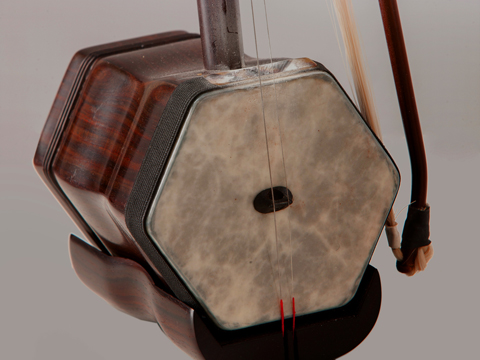
Instrument R&D
Eco-Huqins Chinese Instruments Standard Orchestra Instrument Range Chart and Page Format of the Full Score Configuration of the Orchestra
47th Orchestral Season
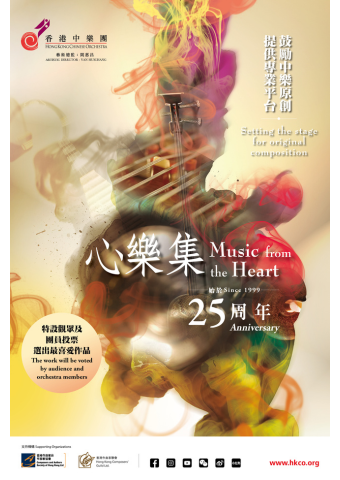
25th Anniversary Music from the Heart
Ma Hanrui (Huizhou)
Cheung Ho-ming (Hong Kong)
Chan Lok-tim (Hong Kong)
Chen Xi (Shenzhen)
Zheng Enzhe (Hong Kong)
Tam Yat-sing (Hong Kong)
So Ho-chi (Hong Kong)
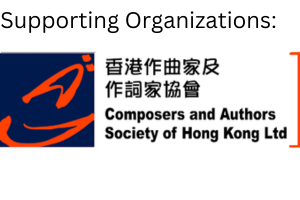
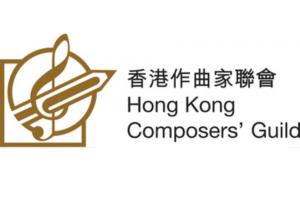
This year marks the 25th edition of the Music from the Heart project organized by the Hong Kong Chinese Orchestra. Every year, it calls for new musical compositions from rookie composers, and performs and discusses them via an open platform. The series has therefore become an ongoing input of innovative spirit and vitality into Chinese music. This year, Music from the Heart continue to be open to composers in the Greater Bay area for participation and exchange. The audience will also be able to vote for their favourite pieces on the spot and witness the birth of bright new stars!
For Zheng and Gehu Yin-Yang Chan Lok-tim
Sextet Mañjusaka Tam Yat-sing
Dance of Thousand Sails (World Premiere) Chen Xi
AFu AFu (World Premiere) Ma Hanrui
Realisation of Alignment (World Premiere) Cheung Ho-ming
The Blurred Reality of Lingnan (World Premiere) Zheng Enzhe
For Erhu and Pipa Duo Meal (Inflated) So Ho-chi (World Premiere)
“Who shall have the two-dish mealbox,
if it is costing 5 dollars more?
Who shall eat the spicy sushi?
Nobody at all. Nobody at all.”
Inspired by the duo meal – the two-dish mealbox popular among Hong Kongers, this composition uses the tones of Cantonese to express the composer’s experience of returning to Hong Kong to live. Several musical passages have a roundabout style and are juxtaposed to create an absurd and nonsensical feeling that reflects the peculiar things the composer has encountered.
- So Ho-chi
For Zheng and Gehu Yin-Yang Chan Lok-tim
Yin Yang is simple but broad.
It could be unified, opposed, or interactive.
This piece is composed for zheng and gehu. The changes in timbre between the two, and the relationship between strong and weak bring out the concept of conflicting strength and gentleness.
- Chan Lok-tim
Sextet Mañjusaka Tam Yat-sing
The term Mañjusaka originates from the Lotus Sutra, referring to one of the four flowers of Buddhism. The Mañjusaka most widely recognised today is known as the short-tube lycoris, or as the higanbana (red spider lily) in Japan. One of this plant’s most interesting traits is that it blossoms when its leaves fall, and new leaves emerge after the flowers drop. Flowers and leaves never appear together. In addition, the blood-red color of the flowers seems to gradually take on an inauspicious suggestion of separation and death.
This composition consists of three movements. The first movement ‘Searching’ weaves together a dialogue between six kinds of instruments. Like the leaves and flowers of the Mañjusaka, the dizi and pipa never play their notes at the same time. The second movement ‘Recollection’ uses clashing rhythms and notes to express chaotic thoughts. In the final movement ‘Regret’, the pipa takes the lead as it guides the other instruments to add to the song’s emotions. The themes of the first movement reappear, and the harmonies of the pipa bring the piece to a close.
- Tam Yat-sing
Dance of Thousand Sails Chen Xi (World Premiere)
This composition is inspired by the maritime silk road. During the Tang dynasty, a shipping route along the southeastern coast of China known as the ‘sea route from Guangzhou to foreign realms’ brought trade and culture from China to the outside world. This composition uses the traditional tones of Guangdong. A single theme is maintained throughout the piece, utilising the colorful sounds of the national orchestra to tell the magnificent tale of the maritime silk road.
It is an epic of a thousand sails.
- Chen Xi
AFu AFu Ma Hanrui (World Premiere)
AFu is an iconic clay figurine originating in Huishan, Wuxi. This plump doll sits cross-legged, its head deliberately enlarged like a full moon, with a white face, drooping ears, and crimson red lips turned up in a smirk. The doll’s head is pinned up in two buns, peonies peeking out of both sides. A protective talisman hangs from its neck and it holds a young lion in its arms. It is dressed in mourning clothes and a pair of boots.
I wish this composition may record the joy and cheer of Wuxi.
- Ma Hanrui
Realisation of Alignment Cheung Ho-ming (World Premiere)
“Heaven gives us our innate nature. Our path should be to follow this nature. Refining this path is what brings culture.” There is no standard way to implement the doctrine of the Middle Path. Each person’s circumstances and experiences are unique, after all. But regardless of the different paths we take, we must first accept that it is impossible for us to understand everything. Humankind is like a speck of dust in this vast universe, and we cannot alter the laws that govern it.
The sun sets and the moon rises, the seasons following their proper course. To find our own path, we must abide by the rules of the world that exist right in front of us as we cultivate ourselves. Perhaps each new composition comes into being by following this logic.
- Cheung Ho-ming
The Blurred Reality of Lingnan Zheng Enzhe (World Premiere)
The composition, The Blurred Reality of Lingnan, is composed for Chinese Symphony Orchestra. It features unique harmonic colors and melodies with distinct Chinese musical themes, resembling a continuous journey between dreams and reality. This composition incorporates elements from famous Chaoshan folk songs such as As the Moon Rises, Huamei Dance on the Frame and Nostalgia, as well as elements from Chaozhou percussion music and other musical materials and creative concepts from the Lingnan region. It seeks a balance and novelty between old and new materials, preserving the spirit of Lingnan music while exploring the new concept of Lingnan music.
- Zheng Enzhe
Music compositions form the cornerstone of music history, and the Hong Kong Chinese Orchestra has been playing an active role in its making since 1999 through 'Music from the Heart', an open platform that invites original works from talented composers, followed by performance and discussions. Many talents have been discovered and they have been active on the music scene and garnered international awards since. To continue with the momentum, and to enhance sharing and exchange among composers within the region, the invitation exercise has been already extended to the Guangdong-Hong Kong-Macao Greater Bay Area* since 2019. Entries that have not been previously published will be given priority evaluation.
Requirements: Ensemble music
- The submitted work should be for Chinese ensemble of not more than 38 pieces, and the duration should be within 10 minutes.
(For the 38-piece setup, please refer to the Orchestra Instrumentation; and for the tonal range of instruments for the Chinese orchestra, please refer to Standard Orchestra Instrument Range Chart and Page Format of the Full Score Configuration of the Orchestra)
Submission deadline:
- All submissions should be sent by mail to reach the office of the Hong Kong Chinese Orchestra not later than 10 Jan 2024 (by postmark date).
- Please mark on the envelope or email subject with ‘Music from the Heart – Invitation for Original Compositions’.
- Each submission should include one full score, the Application Form duly filled in, the composer’s resume, brief introduction of the entry, a DEMO of the entry work, and a digital score stored in ‘Finale’(or ‘Sibelius’) and PDF formats.
Performance:
- Selected works will be performed by the Hong Kong Chinese Orchestra in the 'Music from the Heart' concert held on 2 Mar 2024.
- A nominal royalty fee of HK$5,000 will be paid for the work selected and performed, and the composer of the said work may continue to be commissioned for arranging or writing new works by the Orchestra in the future.
How to apply:
- The Application Form can be downloaded here.
Other terms and conditions:
- The organizer reserves the right to make changes to the details of the competition. For updated information, please visit the website of the Orchestra or make inquiries at (+852) 3185 1631.
* This open invitation is for holders of a valid Hong Kong Identity Card and for residents and employees in the Guangdong-Hong Kong-Macao Greater Bay Area only. Please submit documents of proof together with the Application Form when applying.
Your Support
Friends of HKCO
Copyright © 2025 HKCO
